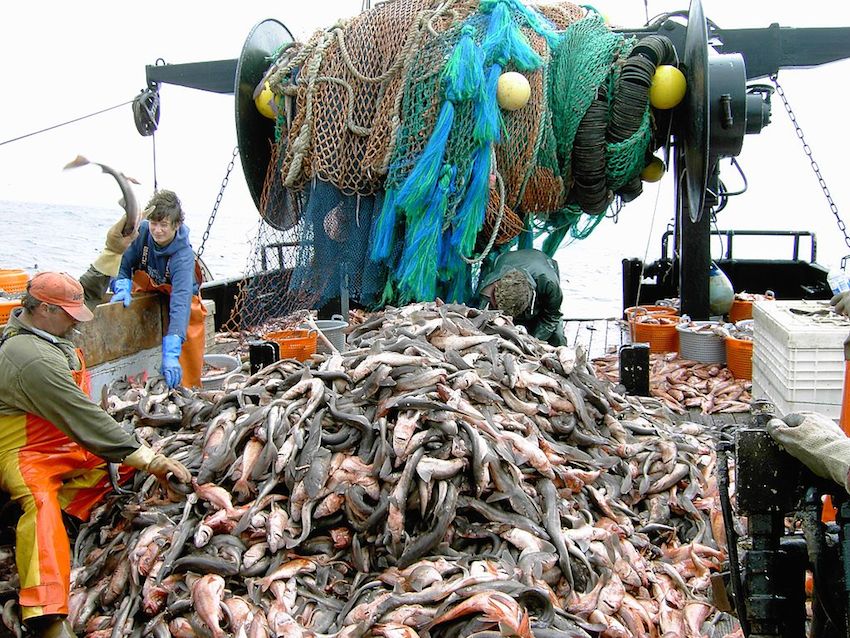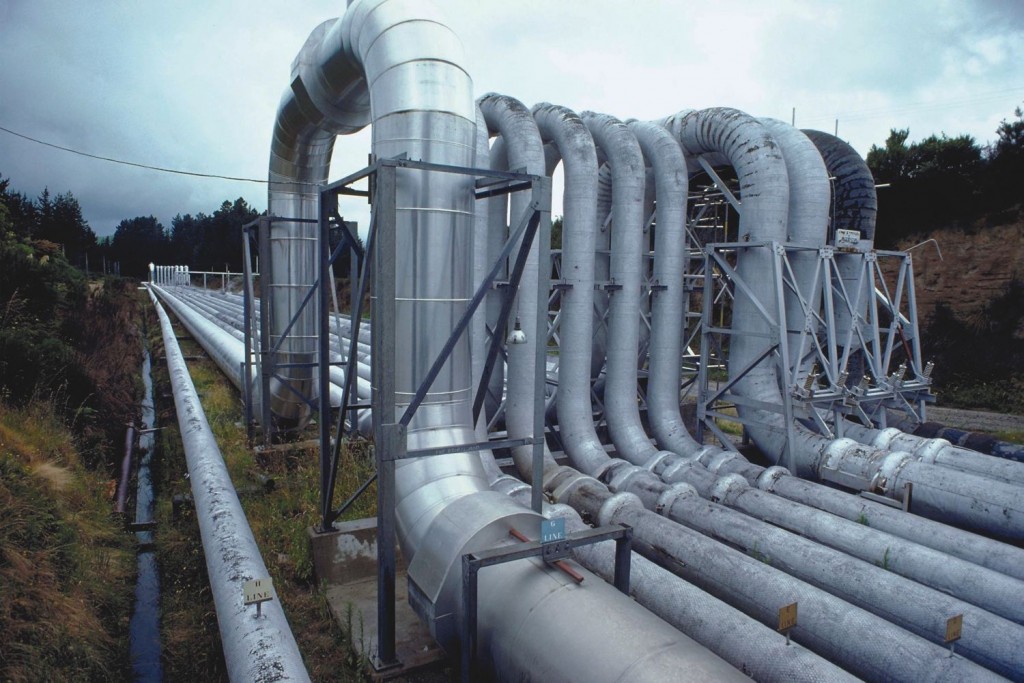
Global fish production would grow further by the next decade, although at a slower pace than in the past, the Food and Agriculture Organization (FAO) stated in a report on Monday.
The combined production from marine captures and aquaculture was equal to 171 million tonnes in 2016, of which 151.2 million tonnes consumed as human food, according to FAO’s latest edition of “The State of World Fisheries and Aquaculture” (SOFIA).
The production was expected to grow by 18 percent to 201 million tonnes by 2030.
However, the UN agency warned the amount of fish captured at sea has levelled off in latest years, and the production from aquatic farming has slowed down from its previous “explosive growth.”
As such, it said that “future growth will need continued progress in strengthening fisheries management regimes, reducing loss and waste, and tackling problems like illegal fishing, pollution of aquatic environments, and climate change.”
In a statement accompanying the 2018 report, FAO Director-General Jose Graziano da Silva recalled fish production was crucial in meeting the goal of eradicating global hunger and malnutrition.
“Its contribution to economic growth and the fight against poverty is growing,” Graziano da Silva said.
“The sector is not without its challenges, however, including the need to reduce the percentage of fish stocks fished beyond biological sustainability,” he stressed.
GLOBAL FISH SUPPLY TRENDS
Some 90.9 million tonnes of fish was captured in the wild in 2016, with a 2 million tonnes drop from the previous year. Some 79.3 million tonnes were provided by marine fisheries, and 11.6 million from freshwater fisheries.
“Generally, the amount of fish being captured in the wild plateaued starting in the 1990s, and has remained largely stable since,” FAO wrote.
Despite that, the global fish consumption has kept increasing, moving from slightly under 10 kilos per capita in the 1960s to 20.3 kilos per capita in 2016, partly thanks to an increase in aquaculture.
Aquaculture production reached 80 million tonnes in 2016, progressively slowing down its growth pace from an average 10 percent in the 1980s and 1990s to 5.8 percent between 2010 and 2016.
Still, aquatic farming was able to provide 53 percent of all fish consumed by humans in 2016, and FAO said it was expected “to continue to expand in the coming decades, especially in Africa.”
Overall, the first-sale value of fish production (fisheries and aquatic farming) was estimated in 362 billion U.S. dollars in 2016, with aquaculture output being worth 232 billion U.S. dollars.
The overall sector employed 59.6 million people in 2016, with Asia showing the highest number of fishers and fish farmers (85 percent of total).
LESS SUSTAINABLE FISHING LEVELS
The state of marine fishery resources has continued to decline, according to data on fish stocks assessed up to 2015.
Some 59.9 percent of all major commercial species monitored by FAO were fished at maximally sustainable levels in 2015 from 90 percent in 1974. Meanwhile, stocks fished at biologically unsustainable levels grew from some 10 percent in 1974 to 33.1 percent in 2015.
Underfished stocks — those stocks that may sustain higher catches than current ones — have kept decreasing from just under 40 percent in 1974 to about 7 percent in 2015.
“This presents a worrisome situation,” FAO stressed in the report.
The organization pointed out such trends did not necessarily mean no progress was made toward the Sustainable Development Goal 14 of the 2030 Agenda, which calls for regulating fish harvesting, stopping illegal fishing, and restoring stocks.
Yet, it warned that “the world has diverged in its approach to sustainable fisheries.”
“Worsening overcapacity and stock status — too many boats catching too few fish — in developing countries were offsetting improved fisheries…in developed ones,” FAO wrote.











